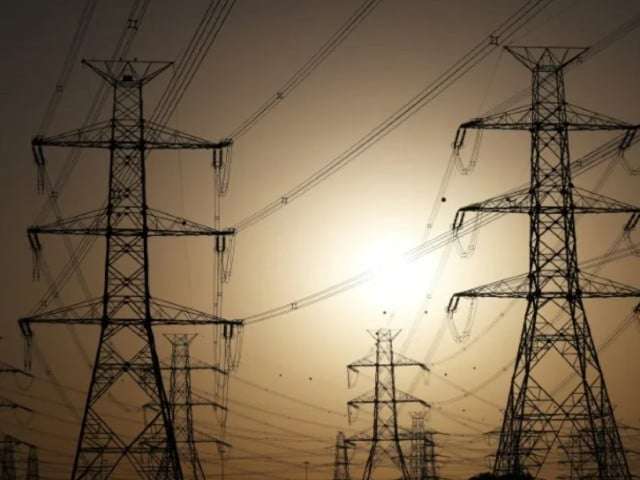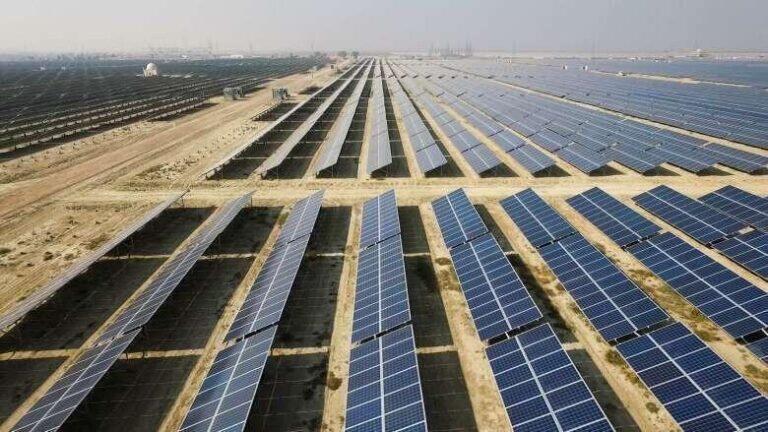
|
Getting your Trinity Audio player ready...
|
Overview of the Impact on Non-Solar Consumers
A recent report titled “The Distributed Divide – How Solar Expansion Affects Non-Adopting Consumers and Utility Economics,” published by Arzachel, has brought to light the significant financial burden borne by non-solar consumers in Pakistan. The report reveals that in fiscal year 2023-24, non-solar consumers have shouldered a staggering Rs200 billion due to the rapid adoption of solar energy systems. This trend, while beneficial to solar adopters, has caused an imbalance in the cost distribution and increased the financial strain on those who continue to rely on grid electricity.
As solar energy expands, the increase in tariff rates for grid-dependent consumers has become a pressing issue. The report estimates that non-solar consumers face a tariff increase of approximately Rs2 per kilowatt-hour (kWh), exacerbating financial inequities. This increase is primarily attributed to the growing number of solar adopters benefiting from net metering and behind-the-meter solar systems, which are not sufficiently regulated.
Financial Burden on Non-Solar Consumers
The financial burden on non-solar consumers is expected to increase further unless urgent regulatory reforms are implemented. The transition to solar energy has led to a noticeable reduction in grid demand. This shift in demand, though beneficial in terms of renewable energy usage, results in higher costs for those still reliant on the grid. In the current fiscal year, the report predicts a 5% reduction in grid demand due to solar integration, which is anticipated to shift an additional Rs131 billion in annual costs to non-solar consumers. If the reduction in grid demand reaches 10%, the financial burden could double to Rs261 billion.
This shift in costs is not just a one-time occurrence. With continued solar expansion and the subsequent decline in grid reliance, the financial gap between solar adopters and non-adopters will only widen unless the issue is addressed through regulatory interventions.
The Need for Immediate Regulatory Reforms
Transitioning from Net Metering to Net Billing or Feed-In Tariff (FiT) Systems
The rapid expansion of solar adoption has raised significant concerns regarding the fairness and sustainability of energy costs. The report calls for an immediate overhaul of the current energy pricing system to address these challenges. One of the primary recommendations is transitioning from the existing net metering system to net billing or a feed-in tariff (FiT) system.
Net metering, where consumers with solar panels can send excess electricity back to the grid and receive credit for it, has contributed to the rising financial burden on non-solar consumers. By switching to net billing or FiT, the report suggests that rates could be reduced, helping to lower system marginal costs. This adjustment could create a more balanced cost structure, ensuring that solar adopters pay a fair share of grid maintenance costs.
Introducing Fixed Grid Access Fees
Another key recommendation is to introduce fixed grid access fees, which would reflect the actual cost of maintaining and operating the grid. The absence of such fees has led to the misallocation of costs, with non-solar consumers bearing the brunt of the financial strain caused by under-regulated solar adoption. By implementing these fees, the report argues, there will be a fairer distribution of grid costs, helping to stabilize the energy market and reduce the financial burden on non-solar consumers.
Enhancing Grid Stability with Ancillary Services
The report also suggests establishing an ancillary services market to improve grid stability. As the number of rooftop and behind-the-meter solar systems increases, technical challenges have arisen for distribution companies (DISCOs). Issues like voltage instability, reverse power flows, and an increased need for frequency regulation and reactive power support are placing additional pressure on the grid. Addressing these challenges through an ancillary services market could ensure better grid stability, mitigating the financial strain caused by solar expansion.
The Impact of Solar Energy on Grid Demand
Reshaping Energy Demand in Pakistan
The adoption of rooftop and behind-the-meter solar systems has significantly altered the energy demand profile in Pakistan. The report reveals that an average 10kW net metering system allows consumers to bypass Rs20 per unit in grid costs. Meanwhile, behind-the-meter installations enable consumers to bypass an average of Rs7 per unit in fixed costs. This reduction in grid demand has led to an 8-10% decrease in energy sales during daylight hours.
While solar adopters benefit from substantial savings, this drop in grid demand has shifted the burden of fixed costs and grid maintenance to non-solar consumers. The financial strain on grid-dependent consumers has become unsustainable, leading to concerns about the long-term viability of the current energy system.
The Duck Curve Phenomenon
As the adoption of solar energy continues to rise, the report predicts that Pakistan’s energy grid will soon experience the “duck curve” phenomenon. This occurs when there is a sharp reduction in demand during midday when solar power generation peaks, followed by a steep rise in demand in the evening. This fluctuation in demand makes grid management more challenging and could have significant implications for the energy sector.
The duck curve phenomenon not only complicates grid management but also affects the operational planning of energy providers. The challenge lies in meeting the rising demand in the evening while managing the reduced midday demand. If not addressed, this dynamic could lead to a “death spiral” for the energy sector, with rising tariffs, declining grid revenues, and increased consumer defection to solar, ultimately threatening the sustainability of the grid.
The Way Forward: Ensuring Grid Sustainability and Energy Equity
Managing Bi-Directional Power Flow
The report emphasizes the importance of revising the distribution code to effectively manage bi-directional power flow. As more consumers adopt solar energy, the flow of electricity to and from the grid will become more complex. Ensuring that this flow is properly managed will be critical to maintaining grid stability and energy equity. The revised distribution code should aim to balance the benefits of renewable energy with the need for a sustainable and efficient grid.
Balancing Renewable Energy Benefits with Grid Stability
One of the key goals of the proposed reforms is to ensure a fair cost allocation that balances the benefits of renewable energy with the stability of the grid. While solar energy has clear environmental benefits, its rapid expansion must be managed carefully to prevent financial disparities between solar adopters and non-adopters. A balanced approach will help ensure that the transition to renewable energy is equitable and sustainable for all consumers.
FAQs
1. Why has the financial burden on non-solar consumers increased?
The financial burden on non-solar consumers has increased due to the growing adoption of solar energy systems, which has led to a reduction in grid demand. This drop in demand has shifted the burden of fixed costs and grid maintenance to consumers who are still reliant on the grid.
2. What is the net metering system, and how does it affect non-solar consumers?
Net metering allows solar energy consumers to send excess electricity back to the grid and receive credit for it. While this benefits solar adopters, it shifts the cost of grid maintenance and infrastructure to non-solar consumers, leading to higher tariffs.
3. How can the financial burden on non-solar consumers be reduced?
The financial burden can be reduced through regulatory reforms such as transitioning to net billing or feed-in tariff systems, introducing fixed grid access fees, and improving grid stability through ancillary services.
4. What is the duck curve, and how does it impact grid management?
The duck curve refers to the fluctuation in energy demand caused by solar power generation. It results in a sharp drop in demand during midday and a steep rise in demand in the evening, making grid management more challenging.
5. What steps can be taken to ensure a sustainable energy future?
To ensure a sustainable energy future, it is essential to manage bi-directional power flows, implement fair cost allocation, and balance the benefits of renewable energy with grid stability.
Conclusion
The rapid expansion of solar energy in Pakistan has created significant challenges for non-solar consumers, who are bearing an increasing financial burden. Without immediate regulatory reforms, this burden is likely to escalate, threatening the long-term sustainability of the energy sector. By implementing policies that ensure fair cost distribution, improve grid stability, and manage solar adoption effectively, Pakistan can ensure a more equitable and sustainable energy future for all its consumers.
ALSO READ:
https://skipper.pk/2024/11/23/gold-prices-surge-amid-geopolitical-tensions-and-currency-strengthens/





